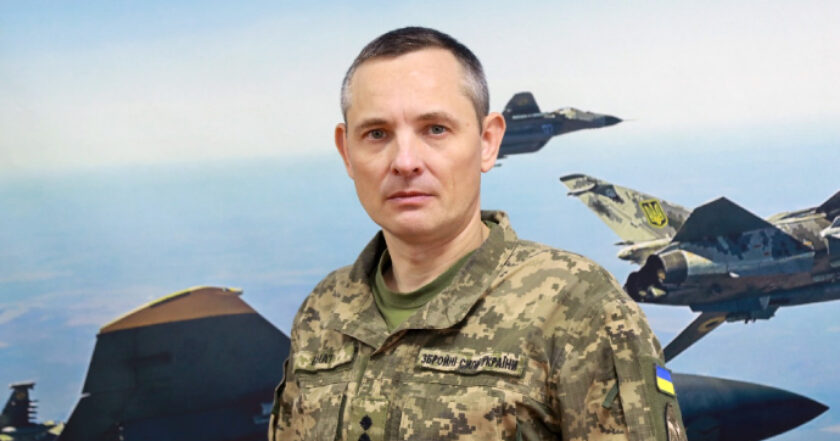Russian forces simulated the launch of Kinzhal hypersonic missiles to locate Ukraine's air defenses – Air Force spokesperson

Colonel Yurii Ihnat. Photo: Ukraine's Air Force
On August 9, Ukraine announced two air alarms as Russian MiG carriers of hypersonic missiles took off and got close to the state's northern regions, launching the munitions, which turned out to be an electronic simulation.
Russian electronic warfare systems mislead Ukraine's air defenses to prepare for a series of missile attacks in fall-winter, says the Air Force spokesperson Yurii Ihnat.
When the alarm was issued, we recorded a multiple take-off of Russian jet fighters, which was a likely threat of the Kinzhal missiles launch. The tension rose, because there was a "tick" in the region of the northern regions. Many Telegram channels started to report that the moving missiles are in the direction of Vinnytsia and other regions, Ihnat said.
Simulation means that enemy electronic warfare equipment is working and, in fact, false tags are created. There were obviously such tags even now, says the spokesperson.
The same "ticks" were seen on the eve of Ukraine's Air Force Day, when the enemy "congratulated" us on our professional holiday. There were real Kinzhal missiles, three other missile launches and several simulated ones, he added.
At the same time, Ihnat advised not to tempt fate and to respond appropriately to air-raid warnings every time.
The previous missile attack on Ukraine included various types of Russian missiles, including the hypersonic Kinzhal, from northern and southern directions. All were targeting Ukraine's Starokostiantyniv in the western Khmelnytskyi region, where a cluster of UK-supplied Storm Shadow missiles is believed to be.



















































